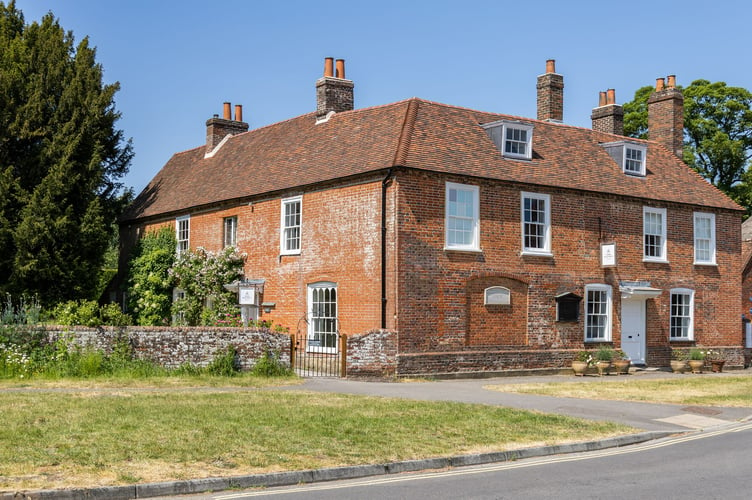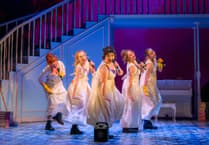Jane Austen’s House in Chawton has launched its programme for the 250th anniversary of Austen’s birth with the opening of a new permanent exhibition, Jane Austen and the Art of Writing, which is free with house admission.
It celebrates Jane as a ground-breaking and ambitious writer in the house where she created her six beloved novels, directly linking her creative process with the domestic space from which it came.
Drawing on the museum’s extraordinary collection, it shows her genius and how seriously she took her craft, animating and sharing the physical and mental processes she used to develop her works – from her earliest teenage writing to her later novels, inspirations, pioneering techniques and publication.
Showcased are objects believed to have inspired her writing, including topaz crosses gifted to Jane and her sister Cassandra by their sailor brother Charles in 1804, which inspired the amber cross gifted to Fanny Price by her sailor brother William in Mansfield Park.
At the centre of the exhibition, a full collection of first editions of Jane’s novels – which are very rarely seen together – is housed in a specially-made 12-sided display case, echoing her 12-sided writing table which sits in the dining room at the house.
The display includes a first edition of Sense and Sensibility in its original publisher’s boards, Jane’s brother Frank’s copy of Emma, and her brother Edward’s copy of Northanger Abbey and Persuasion.
Audio excerpts from the novels accompany the display, read by Hattie Morahan and Dominic Gerrard – including the opening chapter of Pride and Prejudice and Captain Wentworth’s letter in Persuasion.
The exhibition looks at Jane’s letters and how letter-writing wove its way into her novels, using large-scale facsimiles of letters drawn from the museum collection to illustrate the display.
Also featured is a film looking at how the manuscript of The Watsons – one of her few surviving manuscripts, held by the Bodleian Libraries at Oxford University – reveals a lot about her writing process, from the size and date of her paper to how she attached paper patches with pins to allow for re-writes.
The exhibition focuses on the publication of Jane’s novels and her relationships with her publishers Thomas Egerton and John Murray.
It displays facsimile items from the John Murray Archive at the National Library of Scotland, including Murray’s account book and a cheque made out by him to ‘Miss Jane Austin’. Also on display is a newspaper from October 31, 1811, containing the publication announcement of Sense and Sensibility.
Facsimiles of surviving manuscripts, touch objects, film and audio will provide a hands-on experience for visitors, exploring the physicality of Jane’s writing process.
Sophie Reynolds, head of collections, interpretation and events at Jane Austen’s House, said: “This exhibition is a deep dive into Jane Austen’s creative process.
“We hope that it will unlock a new way for our visitors to understand Jane Austen as a dedicated, driven and professional writer, and to explore how her life and living arrangements affected her writing in the very house in which she lived and wrote.”
Jane Austen’s House director Lizzie Dunford added: “Years in the planning, it will allow visitors to be quite literally surrounded by the books and objects that influenced Austen, and the groundbreaking, era-defining novels that were written from her final home.
“It is a treasury; of words, of ideas, and of the eternal brilliance of Austen’s imagination.”

